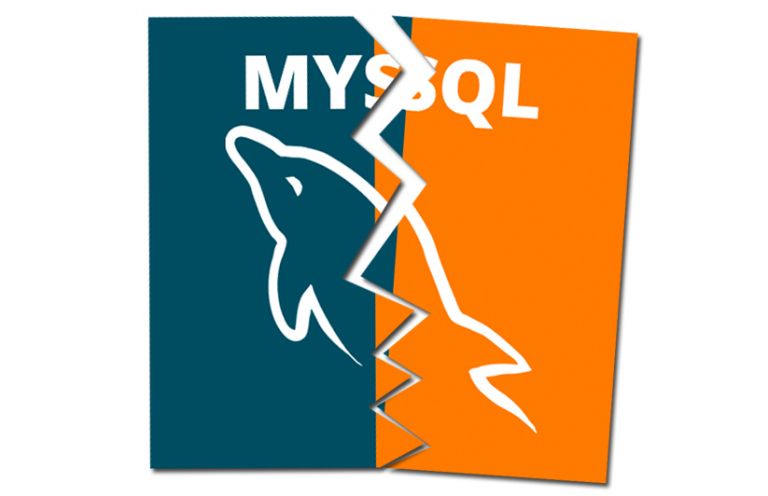

That's all it took to remove MySQL from Ubuntu. The Solution to Completely Remove MySQL Ubuntu 14.04 LTS is. If you have enabled logs for MySQL and want to remove them, use the following command: sudo rm -r /var/log/mysql The /etc/mysql directory contains configuration files whereas /var/lib/mysql contains security keys.Īnd to remove them, use the following command: sudo rm -r /etc/mysql /var/lib/mysql To list files that still exist on your system, use the following commands: ls /etc/mysql To uninstall a Debian package, use the following: > sudo apt-get remove mysql-workbench-community Or, alternatively: > sudo dpkg -r mysql-workbench-community This command does not remove the configuration files. Next, you will have to remove some files that were not removed during the installation process (even if you use the purge). Here, the -auto-remove flag will remove all the unnecessary dependencies that were installed with MySQL and are no longer needed. Using apt remove won't remove the configuration files so if you want to remove them use apt purge: sudo apt purge -auto-remove mysql-server You can easily remove MySQL from your Ubuntu system using the following command: sudo apt remove -auto-remove mysql-server Once you have created a backup for your database, you can uninstall MySQL without hesitation. sudo apt-get autoremove -purge mysql-server sudo apt-get autoremove -purge apache2 this will remove the app, its settings, and related packages installed.this is what i usually do with my apps, but you can replace autoremove with remove only. To create a backup for a single database table, execute the mysqldump command in the following syntax: mysqldump -u DB_Username -p Database_name | gzip > įor example, here, I created a backup for movies database owned by the root user and created a compressed file using the gzip command: mysqldump -u root -p movies | gzip > īut if you want to create a backup for the entire MySQL database, execute mysqldump command in the following manner: mysqldump -u root -p -all-databases | gzip > If you have sensitive databases, it is necessary for you to create a backup as you may not want to lose the precious database you created in past. In this tutorial, I will walk you through: Removing mysql is not difficult but you should take backup of the database if you plan to switch to PostgreSQL or MariaDB or some other database system.

Why do you require MySQL MariaDB is fairly equivalent. Be sure to only use an equivalent version of MySQL to your installed version of MariaDB.
#Removem mysql ubuntu install
Perhaps you don't need it all or you just want to use something easy to configure, use and maintain like Sqlite3. 1st Try: sudo apt-get clean sudo apt-get purge mysql sudo apt-get update sudo apt-get install -f sudo apt-get install mysql-server-5. Backup your databases with mysqldump, remove the MariaDB packages, then install the MySQL packages, run mysqlupgrade. I hope you have a good enough reason to remove MySQL from your Ubuntu system. You can easily remove MySQL from your Ubuntu system using the following command: sudo apt remove -auto-remove mysql-server. We will login using built in mysql client. I have installed mysql properly and started to using them in local env, but if i wanted to connect me to mysql with this command: mysql -u root -p i have the error: cant connect with rootlocalhost, if i use sudo mysql -u root -p everything work. Next, remove all MySQL-related packages completely. Mysql: mysql Ver 8.0.21-0ubuntu0.20.04.4 for Linux on x8664 ((Ubuntu)) Problem. Open terminal and run the following command to stop MySQL server completely. Other Option is you can use mysqlworkbench or any kind of MySQL client to login to your my SQL server installed locally. Here are the steps to uninstall MySQL completely in Ubuntu. There are various options with which you can login to my SQL, one of the option is using a mysql client that is shift as a package with mysql installation. Have a look at the options we get if we press yes You can skip this as well if you enter no in the output step above. Remove the MySQL user account and group: sudo deluser -remove-home mysql sudo delgroup mysql In the event you cannot delete the group, check to see if there are other user accounts that are part of the MySQL group: less /etc/passwd If found, remove the users from the group, then delgroup again.
#Removem mysql ubuntu password
Various types of password policies that are present are medium, strong and low. The main purpose of this component used to check the strength of the password that we enter while doing a secure installation. By default, a MySQL installation has an anonymous user, allowing anyone to log into MySQL without having to have a user account created for.

Would you like to setup VALIDATE PASSWORD component? It checks the strength of passwordĪnd allows the users to set only those passwords which are VALIDATE PASSWORD COMPONENT can be used to test passwordsĪnd improve security. Connecting to MySQL using a blank password.


 0 kommentar(er)
0 kommentar(er)
